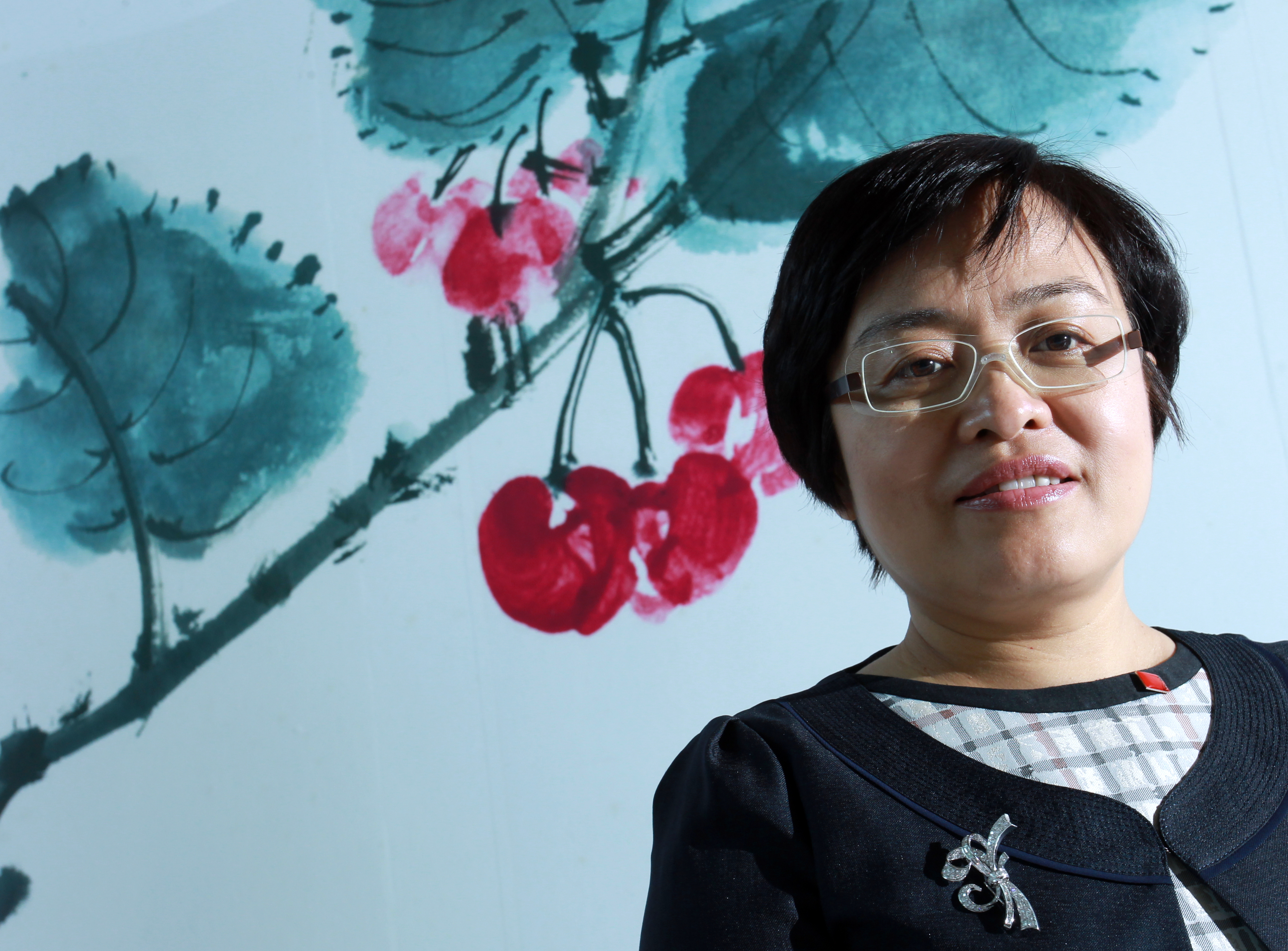
As China opens up after years of Covid-19 pandemic lockdowns, the nation’s largest auction houses are gearing up to challenge their Western rivals.
Poly Auction and China Guardian are now focusing on sourcing more contemporary artwork abroad, as first reported by the Financial Times.
“It has long been our ambition to do western art,” Hu Yanyan, president of China Guardian, told the Financial Times, adding that these plans were delayed by auction house’s inability to travel for the past three years.
China Guardian, which was first established in 1993, is based in Beijing with offices in China, Taiwan, Japan and New York. Poly Auction was established in 2012 by Poly Culture Group, a subsidiary of the state-owned China Poly Group. It is also reportedly planning to open new offices in London and South Korea later this year as it focuses on attracting Western contemporary art consignors.
The cancellation or postponement of auctions in China over the past few years, and especially during 2022, has caused a decline in its auction market. China Guardian posted sales of $603 million last year, nearly a 40 percent decline from 2021, while Poly Auction’s sales fell by 67 percent to $450 million, according to the 2023 Art Market Report from Art Basel and UBS.
And while China had the highest share of public auction sales in 2021, with 33 percent compared to 31 percent for the U.S., its share fell to 26 percent in 2022 while the U.S. rose to 37 percent. China’s sales also fell by 14 percent to $11.2 billion, according to the report.
A renewed focus on contemporary artwork
The contemporary art sector has been growing over the last few decades, representing 43 percent of auction sales by value last year.
Poly Auction and China Guardian’s goals to grow their contemporary art offerings would shift auction market dynamics in the rebounding region, as China’s contemporary market lost a third of its value in 2022, falling to $1.7 billion with its 22 percent market share by value, representing its lowest level in more than a decade. In comparison, the U.S. accounted for 48 percent of the contemporary sector’s market share.
However, Asian collectors have formed a rapidly growing art customer base in recent years. Asian art collectors represented 32 percent of bidders for artwork exceeding $1 million at Sotheby's in the past five years, compared to 29 percent of Europeans and 34 percent of North Americans, according to a report from Sotheby’s and ArtTactic.
But as China’s auction houses begin expanding their offerings and presence, they will face competition from Sotheby’s, Christie's and Phillips, the world’s three largest auction houses.
Christie’s and Sotheby’s are both expanding their headquarters in Hong Kong this year. Christie’s plans to increase its office space from 30,000 square feet to 7,000 square feet and hold three times as many annual auctions in its Hong Kong headquarters, while Sotheby’s, which recently opened new offices in Tokyo and Shanghai, is preparing to open a new headquarters, exhibition space and salesroom in Hong Kong.
Meanwhile, Phillips recently opened its headquarters in the area, and in March became the first auction house to hold marquee sales in its own space in Hong Kong.
